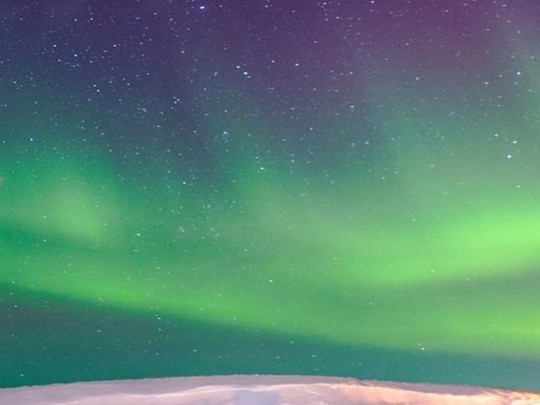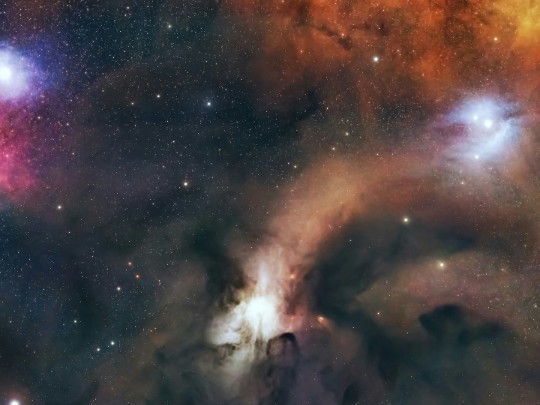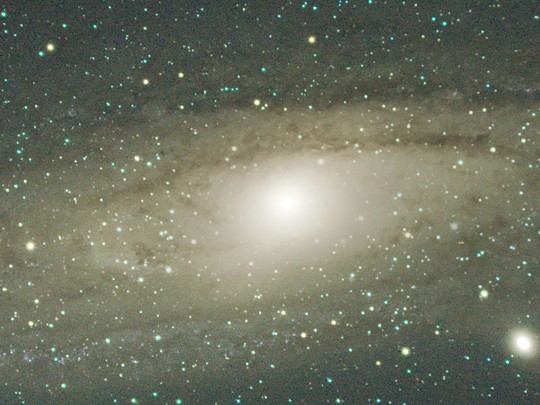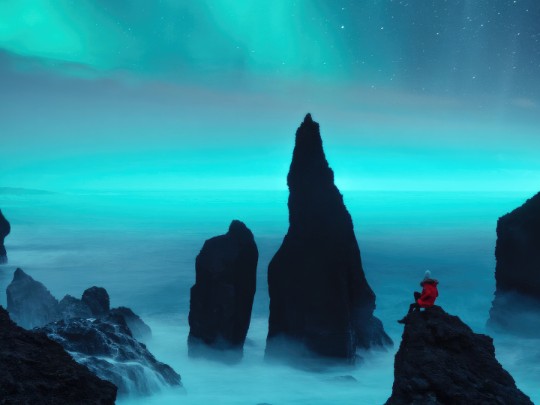Cosmic Masterpieces: Unveiling the Wonders of Nebulas - Star Nurseries of the Universe
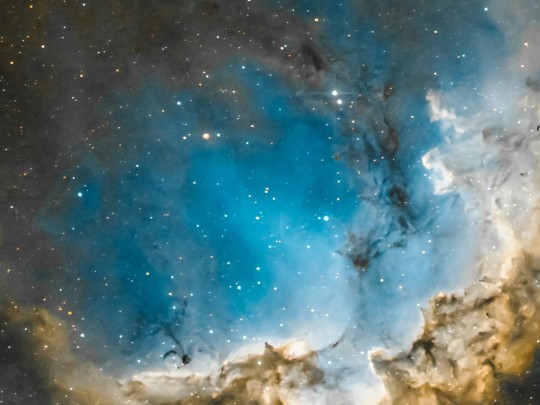
A Glimpse into the Universe's Grandeur
When you look up at the night sky, you're only catching a glimpse of the immense beauty and complexity of the universe. Beyond the twinkling stars lie breathtaking formations called nebulas – colossal, swirling clouds of gas and dust, often referred to as the 'star nurseries' of space. These celestial wonders aren't just visually stunning; they are fundamental to the creation of stars as we know them.
What are Nebulas?
The term 'nebula' originates from the Latin word for 'cloud,' and that’s a fitting description. These aren't your everyday clouds, though. Nebulas are primarily composed of hydrogen and helium, with traces of heavier elements scattered throughout. Over vast stretches of time, gravity acts as the architect, slowly drawing this material together. As the density increases, temperatures rise, and eventually, nuclear fusion ignites – the birth of a new star!
Types of Nebulas: A Diverse Collection
Nebulas come in a fascinating variety of forms, each with its unique characteristics and appearance:
- Emission Nebulas: These radiant clouds shine brightly thanks to the energy emitted by nearby, hot stars. The gas within them is energized, causing it to glow with vibrant colors.
- Reflection Nebulas: Instead of emitting their own light, these nebulas reflect the light from nearby stars, appearing as beautiful, often bluish, clouds.
- Dark Nebulas: These intriguing formations act as cosmic shadows, obscuring the light from stars behind them. They appear as dark patches silhouetted against the backdrop of distant galaxies.
Iconic Nebulas: Windows to Creation
Let's explore a few of the most famous nebulas:
- The Orion Nebula: A readily observable and stunningly beautiful nebula, often visible with binoculars. It's a region of active star formation and a popular target for amateur astronomers.
- The Eagle Nebula: Perhaps best known for its iconic 'Pillars of Creation' – towering columns of gas and dust where new stars are being born. These pillars are a testament to the ongoing cycle of creation and destruction in the universe.
The Ongoing Cycle of the Universe
Each nebula holds a story—a tale of creation, destruction, and the constant evolution of the universe. They remind us of the immense scale of our cosmic home and the countless stars yet to be born within these breathtaking formations. Studying nebulas allows us to understand the processes that shaped our universe and continue to do so. So, the next time you gaze at the night sky, remember the vibrant, dynamic, and awe-inspiring wonder of nebulas – the star nurseries of the cosmos.

